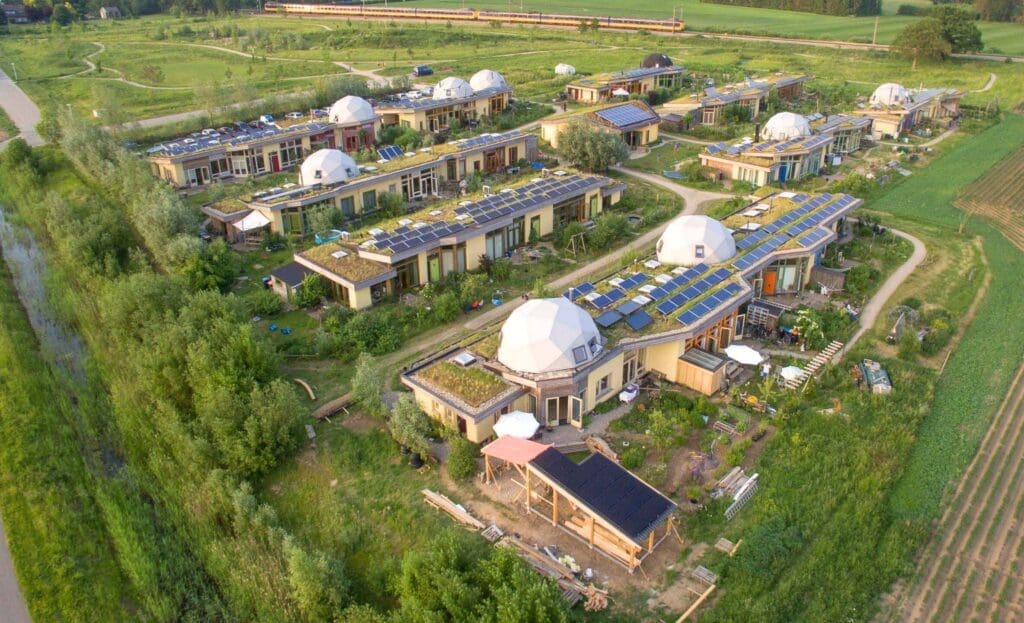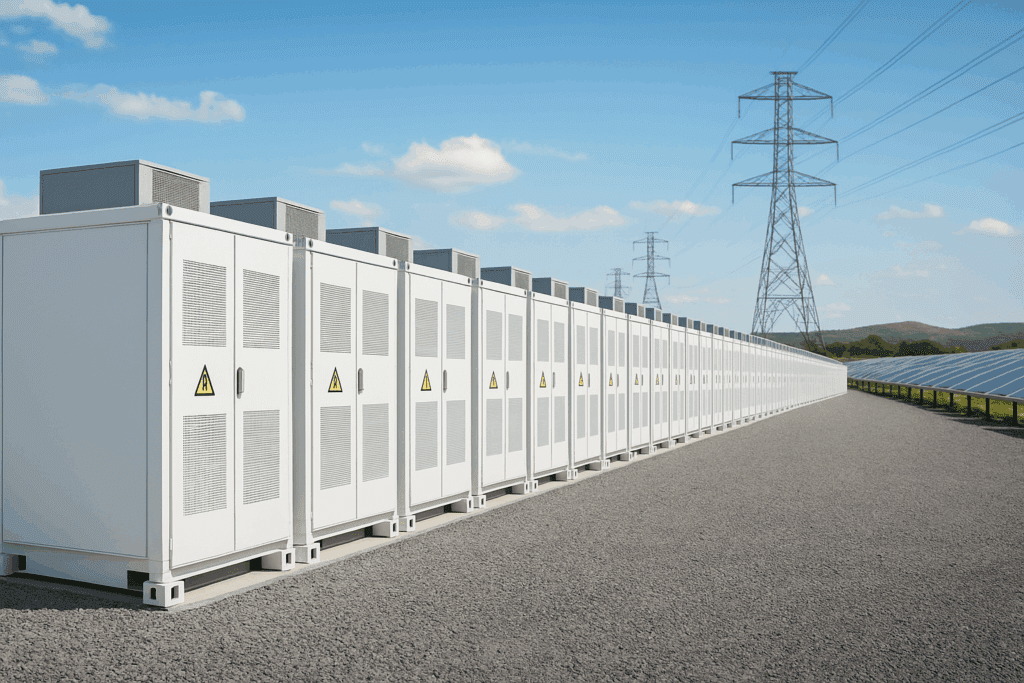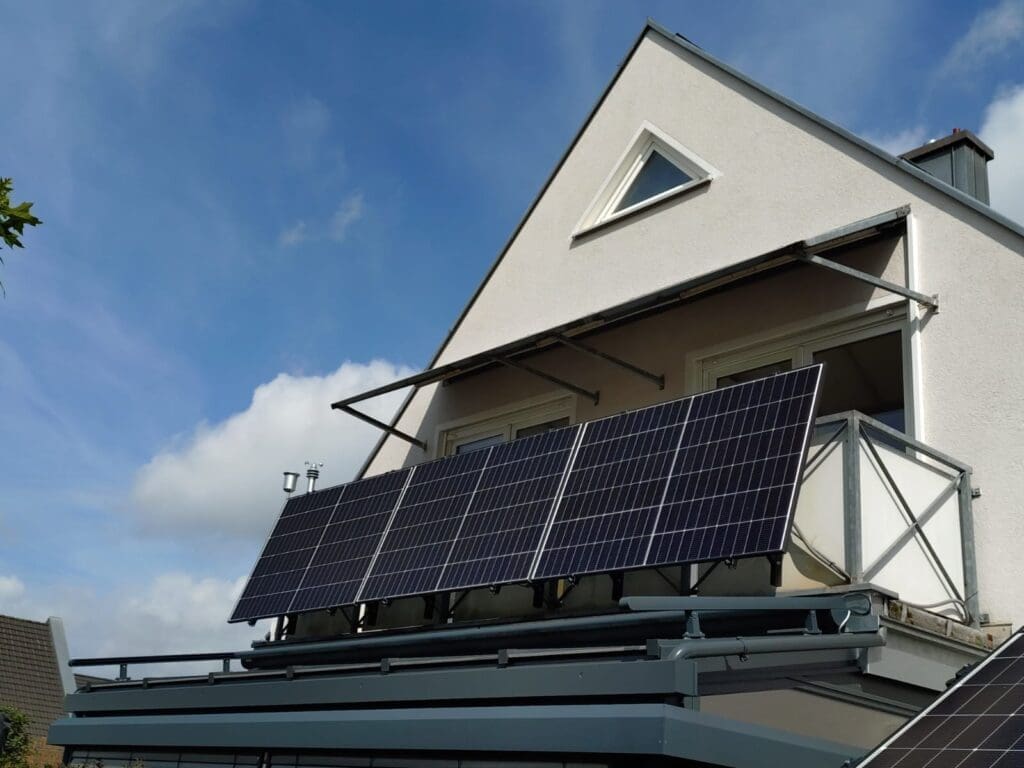Oslo’s Vertikal Nydalen: Sustainable Architecture Echoing Solarpunk Ideals

A pioneering 18-storey tower with a wooden facade, Oslo’s Vertikal Nydalen is a mixed-use sustainability concept par excellence—combining triple-zero energy performance with public, residential, and office functions
Biopolymers: Rethinking Materials for a Solarpunk Future

Organic and renewable polymers redefining how we design, build, and live in harmony with nature
Aardehuizen: A Tangible Solarpunk Model

Aardehuizen eco-village shows how sustainable design, renewable energy, and community spirit come together to serve as a Solarpunk model
Big Batteries for Storing Solarpunk Energy

New storage technologies are driving down costs and are powering a resilient, decentralized grid for a Solarpunk world
AI-Based Preventive Healthcare in a Solarpunk World

Scalable AI for equitable, preventive, and community-based health care in a Solarpunk world—supporting well-being amid rising climate risks
Balcony Solar Systems: Plug Into the Sun!

Balcony solar power systems are simple, affordable, and easy to install—empowering people to produce and consume clean energy themselves
Urban Mining: Turning Waste into Gold

Reclaiming valuable materials from cities — transforming buildings, infrastructure, and electronic waste into sustainable sources of raw materials for a circular urban future
Let Nature Unfold: Floodlands Revival for a Solarpunk World

Floodlands and side channels are vital ecosystems that support climate resilience, biodiversity, and sustainable living—key pillars of the Solarpunk movement
Foraging: A Journey from Survival to Solarpunk

Revived from ancient tradition, foraging offers a sustainable and deeply nature-connected way of eating. It bridges the past and present, inviting us to rediscover food through the rhythms of the wild.
Zurich’s 2000-Watt Initiative: Blueprint for Sustainability

The Swiss city of Zurich has become a model for sustainable transformation with the 2000-Watt initiative designed to reduce per capita energy consumption to 2,000 watts and CO2 emissions to 1 ton per year
